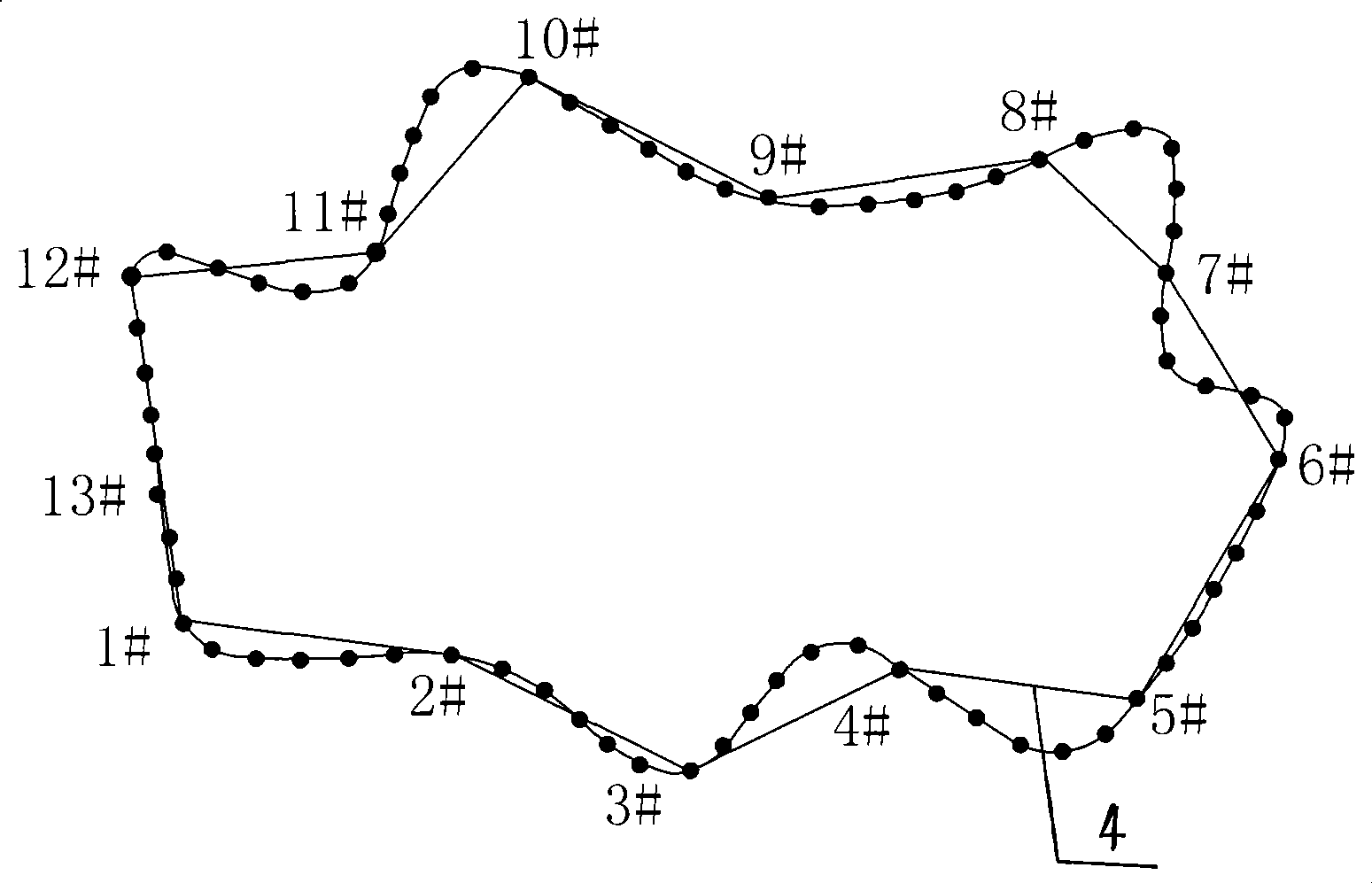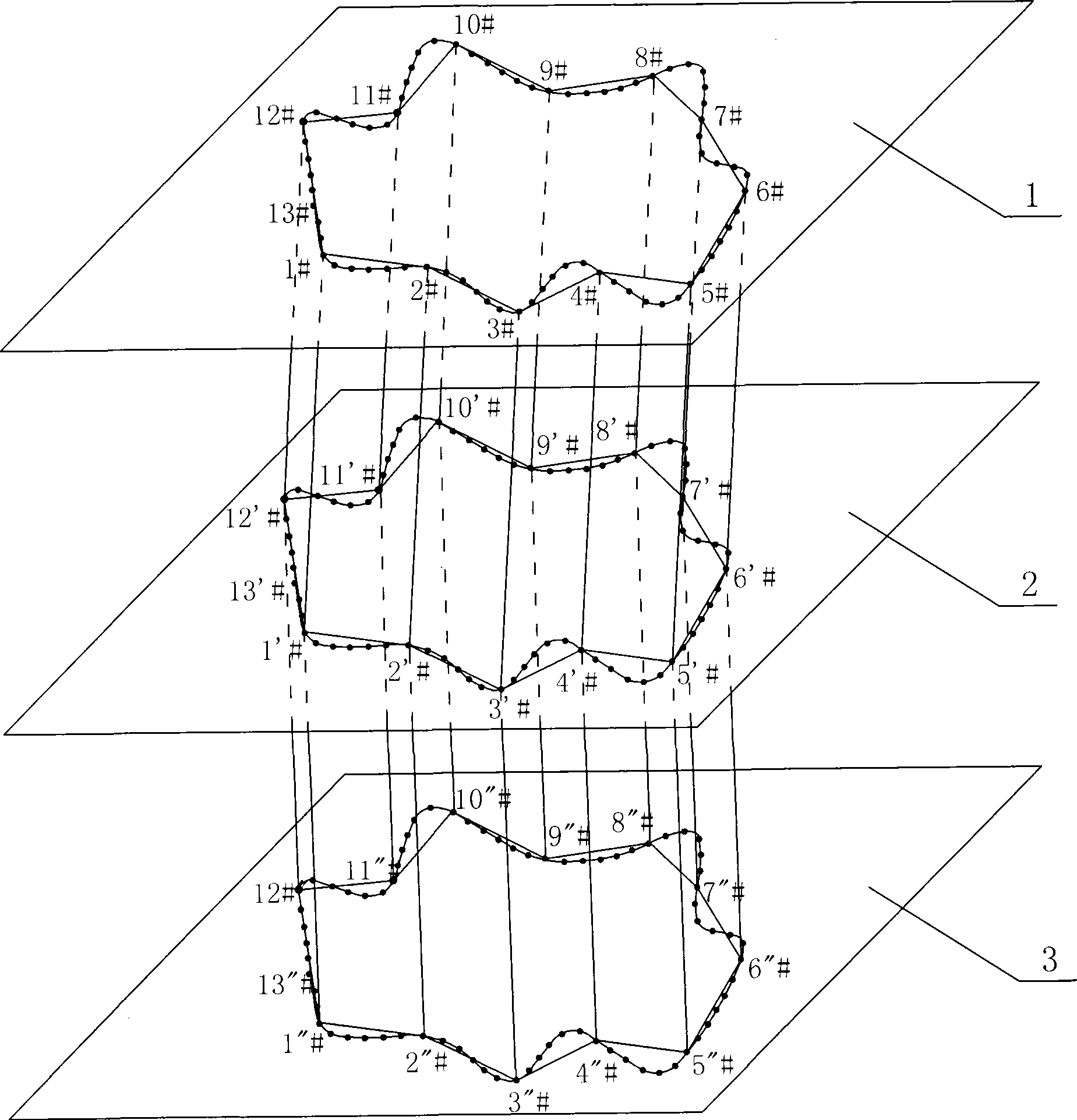Porous material pore space boundary extracting and quantization method
A porous material and boundary extraction technology, applied in suspension and porous material analysis, image data processing, instruments, etc., can solve the problems of large difference in results, different pore sizes, disordered pore space structure, etc., and achieve low cost , wide application range, simple operation effect
- Summary
- Abstract
- Description
- Claims
- Application Information
AI Technical Summary
Problems solved by technology
Method used
Image
Examples
Embodiment Construction
[0031] The extraction of porous material pore boundary and its numerical method according to the present invention comprise the following steps:
[0032] Step 1: Using an image acquisition device to capture microscopic pore structure images of multiple parallel cross-sections of the porous material to be detected, wherein there is a clear color contrast between the image areas corresponding to the solid skeleton material and pore space of the porous material. Wherein, the section is the outer surface and / or section of the porous material. The image acquisition device is a metallographic microscope or a scanning electron microscope, and the number of mutually parallel sections is not less than three. In practice, other optical or electronic material structure image acquisition devices can also be used to acquire the above microscopic pore structure images. The detected porous material can be a known material, such as the surface or cross-sectional microstructure image of a por...
PUM
 Login to View More
Login to View More Abstract
Description
Claims
Application Information
 Login to View More
Login to View More - R&D
- Intellectual Property
- Life Sciences
- Materials
- Tech Scout
- Unparalleled Data Quality
- Higher Quality Content
- 60% Fewer Hallucinations
Browse by: Latest US Patents, China's latest patents, Technical Efficacy Thesaurus, Application Domain, Technology Topic, Popular Technical Reports.
© 2025 PatSnap. All rights reserved.Legal|Privacy policy|Modern Slavery Act Transparency Statement|Sitemap|About US| Contact US: help@patsnap.com



